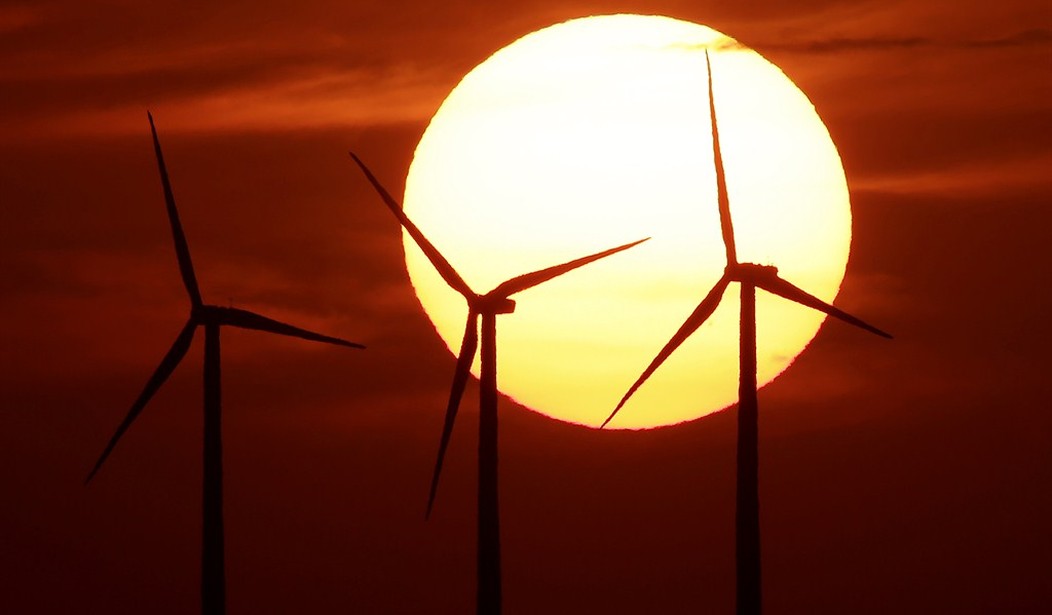Bird life across the globe could be facing its worst nightmare in the 21st century because of mankind’s ardent love for wind turbines. Despite the outright denial of renewable enthusiasts, data from across the globe suggests that bird life is in great peril due to wind factories. (They’re not farms, by the way.)
“Cats and high-rise buildings are worse than wind turbines.” “Pollution causes more bird deaths.”
These are some of the excuses usually offered when wind factories come under scrutiny for their undeniable role in the decline of bird populations.
The fact that birds are killed by other sources does not mean that the wind turbines somehow earn the unalienable right to slaughter millions of birds every year. Data from across the world indicate that the situation is much worse than previously thought.
While there have been many reports on bird mortality from studies on wind factories in the U.S., Canada, and Europe, data from developing countries and other less-reported developed countries further expose the heinous role played by what some people call “Cuisinarts of the sky.”
In South Africa, the most developed nation on the continent, wind factories were reported to have caused a considerable amount of damage to the bird population. In Kenya, the wind factories are believed to be a major hurdle in efforts towards the conservation of vultures. Other countries like Israel have reported the same.
The same was true over the entire Southern Hemisphere.
The situation is even worse in larger countries like India, which faces the continuous pressure of generating electricity for nearly 1.3 billion people. India’s wind energy sector is well established and continues to be popular among renewable enthusiasts despite wind turbines’ dismal track record in generating electricity. In addition to being a burden on the energy sector, the wind factories in India have blood on their blades.
Recommended
A 2013 report by the Bombay Natural History Society (BNHS)—a top wildlife research organization—revealed that birds in India faced regular risk of mortality from the giant, swiftly turning blades, as many of them are in the habitat and migratory paths of local and migratory birds.
The situation has become so bad that the government is looking into introducing guidelines for saving birds from wind turbines similar to those already in practice in developed countries like the U.S.
Bird mortality by wind turbines is such a well-established fact in wind energy circles that in 2013 a wind energy company agreed to pay $1 million in fines after the Justice Department proved it guilty in a first criminal case against a wind power company for the deaths of protected birds.
The Great Indian Bustard is a critically endangered species and is one of the victims of wind turbines in India. Sadly, the Bustards don’t face blade-slicing just in India!
My master’s thesis was on the mortality of birds due to powerlines and wind turbines in the special protected area of Alentejo grasslands in Portugal. The region is populated with turbines, and the great Bustards face considerable mortality from them.
Wind turbines have a special liking for raptors and can be blamed without doubt for their rapid decline in regions that host wind factories.
A 2018 specialized study on the impact of wind turbines on raptors concluded that “Collision mortality, displacement, and habitat loss have the potential to cause population-level effects, especially for species that are rare or endangered.”
In addition to murdering the birds with their blades, wind factories also result in the loss of habitat, which in the long run can prove to be a bigger source for decline in avian populations.
The damage caused by wind factories is not limited to just the land area. Offshore wind factories in Europe and elsewhere are known to be well accomplished slayers of bird life.
Six new scientific papers in 2018 affirmed all these case studies from the previous two decades and clearly showed that wind factories continue to be great destroyers of bird and bat habitats, besides killing individual birds by the millions.
The claim that wind energy is clean and green is a myth to environmentalists like me who have witnessed its devastating effects firsthand. Even casual birdwatchers witness it all the time.
This brutal slaughter of birds, especially those that are critically endangered and vulnerable, should be treated on the same standards that are applied to other practices that kill birds.
























Join the conversation as a VIP Member